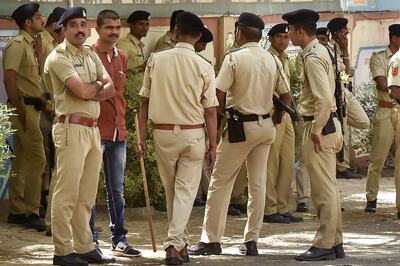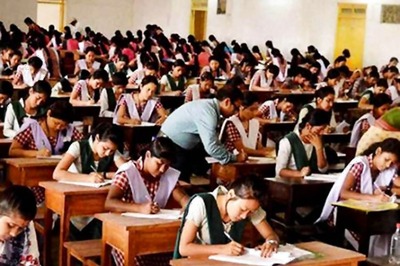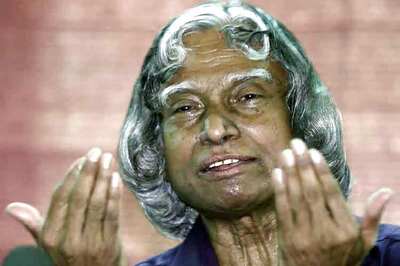
views
New Delhi: Foreigners visiting India with e-tourist visa are likely to be given mobile SIM cards soon with the Home Ministry giving its in-principle approval to the proposal for promotion of tourism.
The Tourism Ministry's proposal was discussed by the Foreigners Division of the Home Ministry threadbare and given its nod as part of the larger goal of attracting more tourists to India.
"Even though there are issues of security, communication is important for any visitor. Since we are giving e-tourist visa to citizens of a limited number of countries and that too after proper verification, we are giving our approval to the proposal of giving SIM cards to tourists," a senior Home Ministry official said.
As part of the proposal, the Tourism Ministry is planning to gift a kit comprising a SIM card, maps, booklets and CD with information about various tourist destinations, guidelines relating to dos and don't, details regarding whom to contact in case of any emergency, among other things.
The e-tourist visa is currently given to citizens of 113 countries and government plans to raise it to 150 countries by March 31, 2016. Tourists can arrive in 16 designated airports across the country.
TVoA (tourist visa on arrival), enabled by Electronic Travel Authorization (ETA), popularly known as e-tourist visa scheme was launched on November 27, 2014.
Under the e-tourist visa scheme, an applicant receives an email authorising him or her to travel to India after it is approved and he or she can travel with a print-out of this authorisation.
On arrival, the visitor has to present the authorization to the immigration authorities who would then stamp the entry into the country.
According to an official estimate, during January-November of 2015, a total of 3,41,683 tourists arrived on e-tourist visa as compared to 24,963 during the corresponding period of previous year, registering a growth of 1268.8 per cent.
The UK accounted for 23.93 per cent share of availing e-tourist visa facilities during November 2015, followed by the USA (16.33 per cent), Russian Federation (8.17 per cent), France (7.64 per cent), Germany (5.60 per cent) and Australia (4.82 per cent).
Canada had a share of 4.71 per cent, while that of China stood at 3.26 per cent, Ukraine 2.03 percent and Netherlands 1.75 per cent.




















Comments
0 comment